Rising Energy Demand
The increasing The Global Solar Panels Industry. As populations grow and economies develop, the need for sustainable energy sources becomes more pressing. According to recent estimates, global energy consumption is expected to rise by 30% by 2030. This surge in demand necessitates the exploration of renewable energy options, with solar power emerging as a viable solution. Solar panels offer a clean and sustainable alternative to fossil fuels, aligning with global efforts to reduce carbon emissions. Consequently, the market for solar panels is anticipated to expand significantly, as both residential and commercial sectors seek to meet their energy needs through renewable sources. The shift towards solar energy is not merely a trend but a necessary evolution in energy consumption patterns.
Technological Innovations
Technological innovations are transforming The Global Solar Panels Industry, enhancing efficiency and reducing costs. Advances in photovoltaic technology, such as bifacial solar panels and thin-film solar cells, have improved energy conversion rates and made solar energy more accessible. For example, bifacial panels can capture sunlight from both sides, increasing energy output by up to 30%. Additionally, the development of energy storage solutions, such as lithium-ion batteries, allows for better integration of solar energy into the grid. These innovations not only make solar energy more competitive with traditional energy sources but also attract investments in the sector. As technology continues to evolve, the market is likely to witness further growth, driven by the demand for more efficient and cost-effective solar solutions.
Energy Independence and Security
Energy independence and security are becoming paramount concerns for many nations, thereby propelling The Global Solar Panels Industry. Countries are increasingly seeking to reduce their reliance on imported fossil fuels, which can be subject to price volatility and geopolitical tensions. By investing in solar energy, nations can harness their natural resources and enhance energy security. For instance, countries like Germany and China have made substantial investments in solar infrastructure, aiming to achieve energy self-sufficiency. This strategic shift not only bolsters national security but also stimulates local economies through job creation in the renewable energy sector. As energy independence becomes a priority, the demand for solar panels is likely to grow, reflecting a significant trend in the global energy landscape.
Government Incentives and Subsidies
Government incentives and subsidies play a crucial role in driving The Global Solar Panels Industry. Various countries have implemented policies to promote renewable energy, including tax credits, rebates, and grants for solar panel installations. For instance, in 2023, the United States introduced a 30% federal tax credit for solar energy systems, which significantly boosted market growth. Such financial support not only reduces the initial investment burden for consumers but also encourages businesses to adopt solar technologies. As a result, the market is projected to grow at a compound annual growth rate (CAGR) of approximately 20% over the next five years, indicating a robust expansion in the sector. This trend suggests that as more governments recognize the importance of sustainable energy, the demand for solar panels will likely continue to rise.
Environmental Awareness and Sustainability
Growing environmental awareness and the push for sustainability are significant factors influencing The Global Solar Panels Industry. As climate change concerns escalate, consumers and businesses alike are increasingly prioritizing eco-friendly energy solutions. The transition to solar energy is viewed as a critical step in reducing carbon footprints and promoting sustainable practices. Reports indicate that nearly 70% of consumers are willing to pay a premium for products that are environmentally friendly. This shift in consumer behavior is prompting companies to invest in solar technologies, thereby driving market growth. Furthermore, as more organizations commit to sustainability goals, the demand for solar panels is expected to rise, reflecting a broader societal trend towards renewable energy adoption.
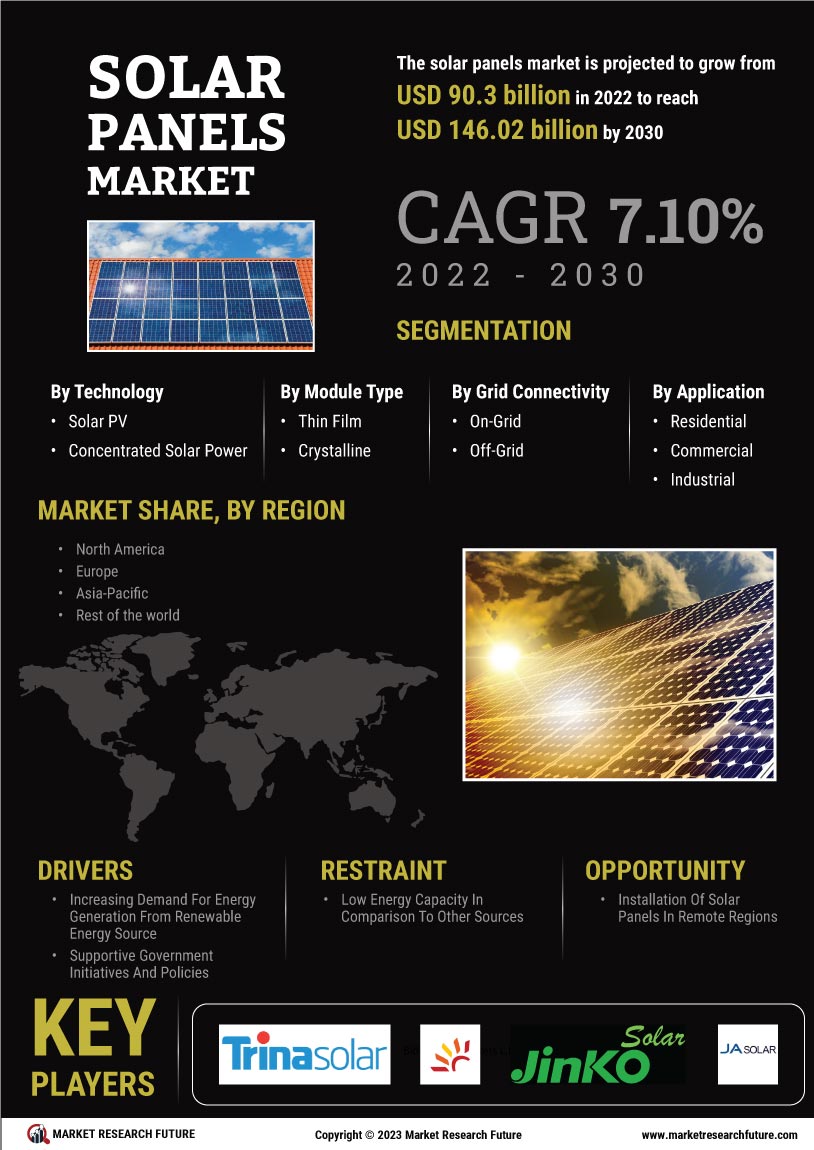

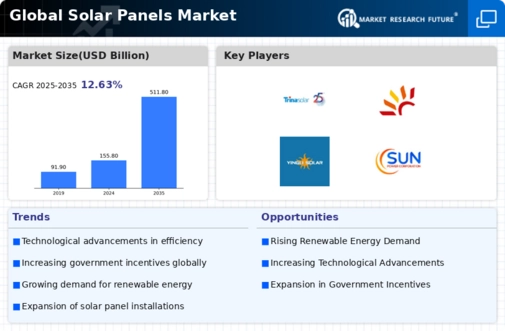
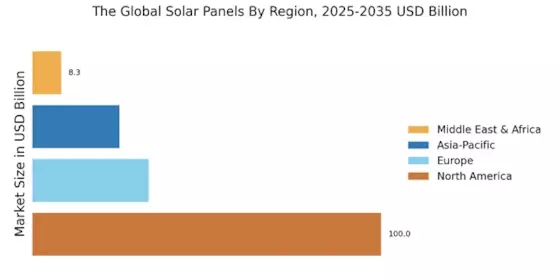
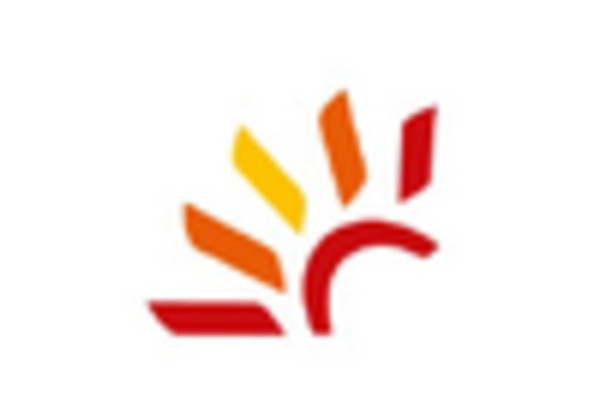
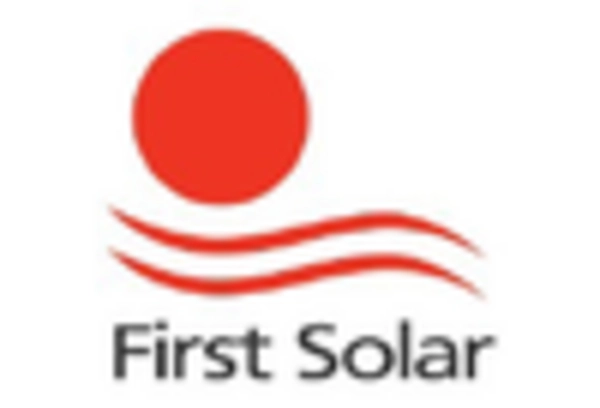
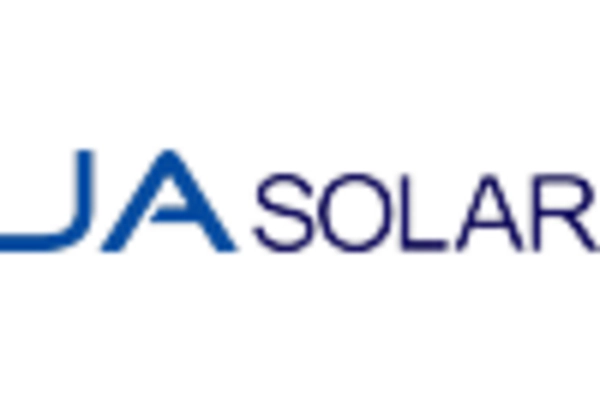
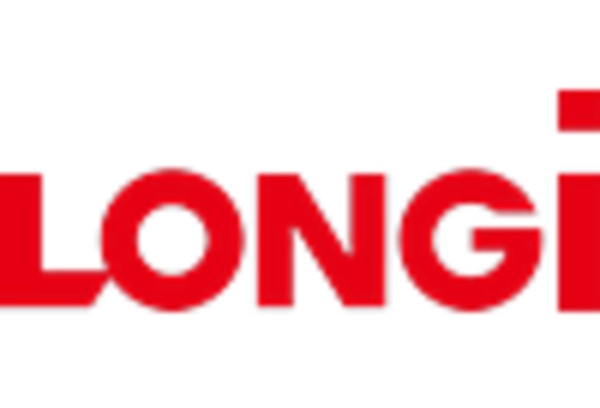
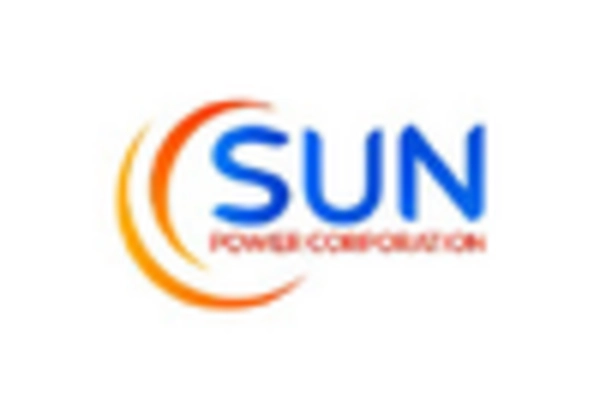
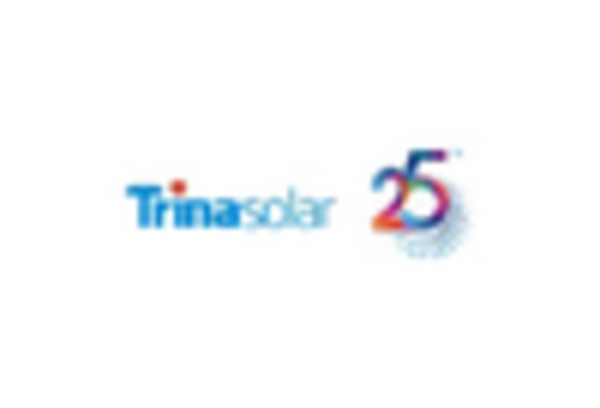








Leave a Comment